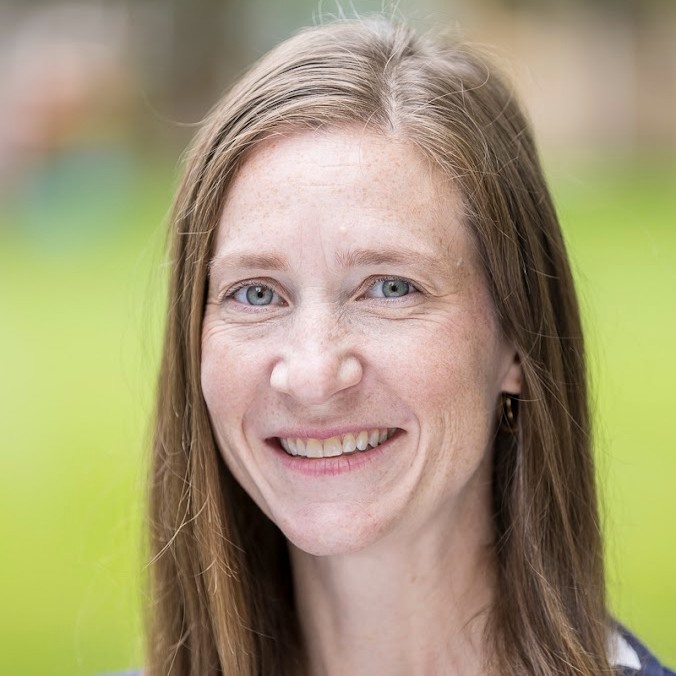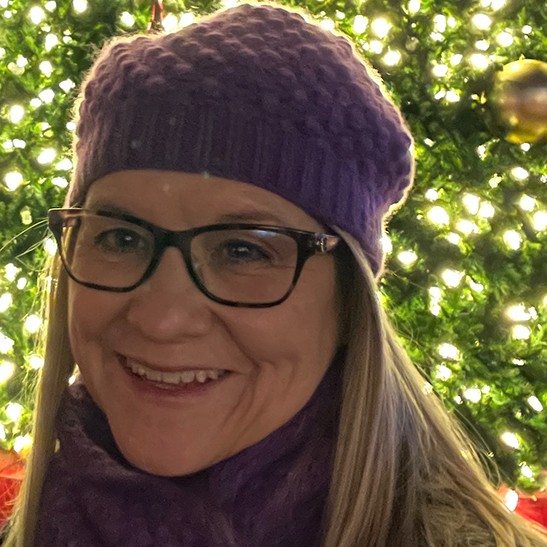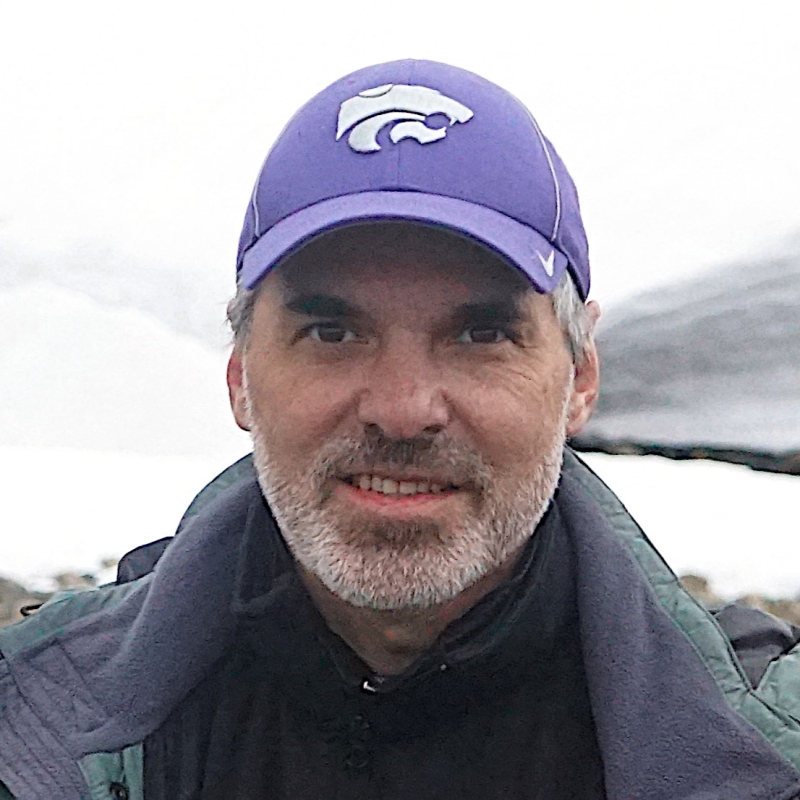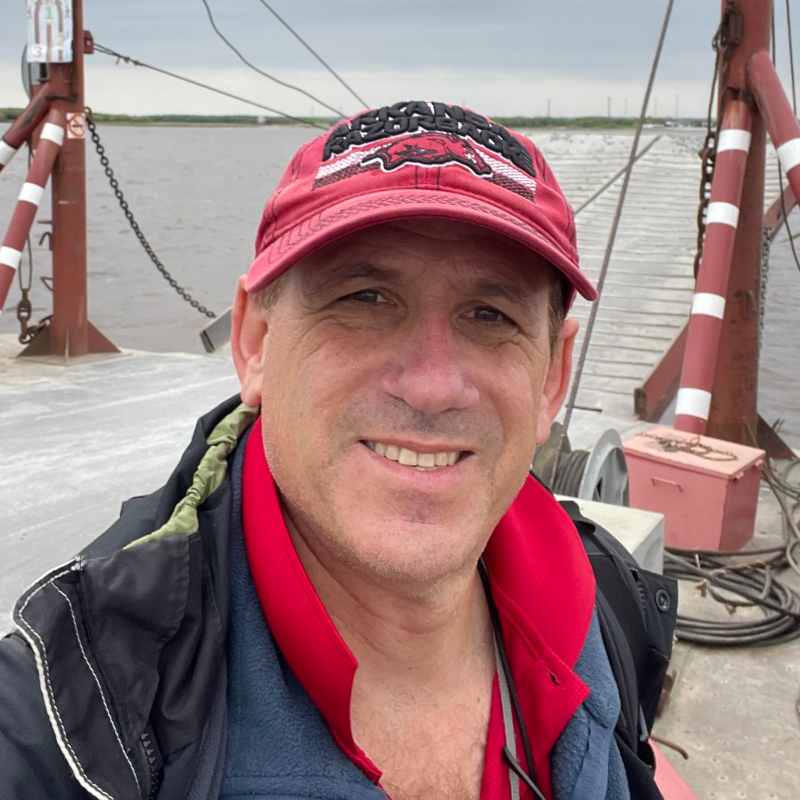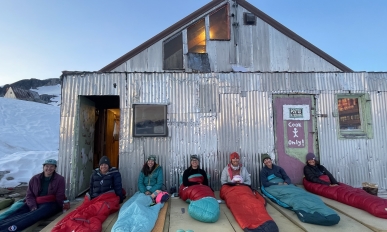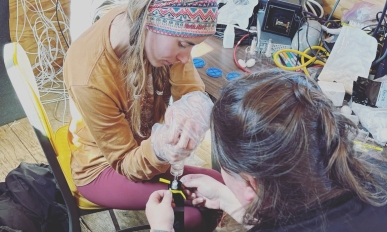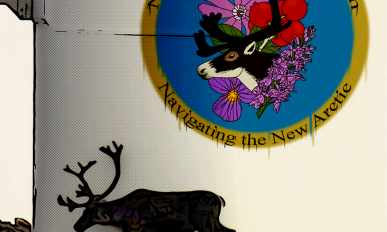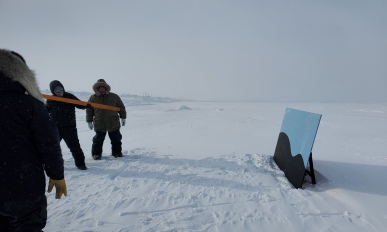Interactions of natural and social systems with climate change, globalization, and infrastructure development in the Arctic
This project brings together earth system scientists, engineers, ecologists, and anthropologists to document and explain changes in ecosystems and their effects on the plants, animals, indigenous peoples, and the built environment of the Arctic. It emphasizes interactions between these elements to help understand, inform, and plan for changes to come. Janice Ledgerwood and her students are working with the science team to tell the researchers’ stories through comics arts and animation. The resulting artworks will be shared with diverse audiences both in the US and Norway.
Read the comic here and click here for a printable high-resolution version.
Participants Involved in This Project
Janice Ledgerwood | Educator Fellow
Clovis Community College/State Center Community College District | Fresno, CA
From the Blog
The Juneau Icefield is a group of interconnected glaciers just north of Juneau, Alaska that extends into British Columbia, Canada and covers an area the size of Rhode Island. Maybe you’ve heard of the Mendenhall Glacier? It is part of the Juneau Icefield! The Juneau Icefield Research Program (JIRP) has been collecting data on the icefield since 1948.
An Unforgettable Adventure Begins As a high school science teacher, the invitation to join Macall Hock on an expedition to study the effects of a warming Arctic ecosystem on stream carbon cycling in Utqiagvik, Alaska, felt like stepping into a thrilling adventure. The beauty of the Arctic wilderness was a sight to behold, but the
Drs. Peter Ungar, Mary Heskel, and Aleksey Sheshukov explained (patiently) their areas of expertise, Arctic research projects, and provided me with a virtual mountain of photographs from their fieldwork. We talked about what projects would be suitable and appropriate for a variety of audiences. What would be engaging to different ages, interests and levels of scientific knowledge? I knew that I wanted my Photoshop class to be involved with this project, so I suggested creating a comic book.
Today we got set up and met the local 8th graders out on the ice! For some of them it was the first time they had been on the land-fast sea ice (which is ice that is "fastened" to the coastline). For some, it was old news. It was quite cold (-30F with the windchill), so many students hid in the tents we had set up. The previous days had been relatively warm, hovering around 0-10F degrees. The students were split into groups and rotated between the stations.
© Polar STEAM. All Rights Reserved.
